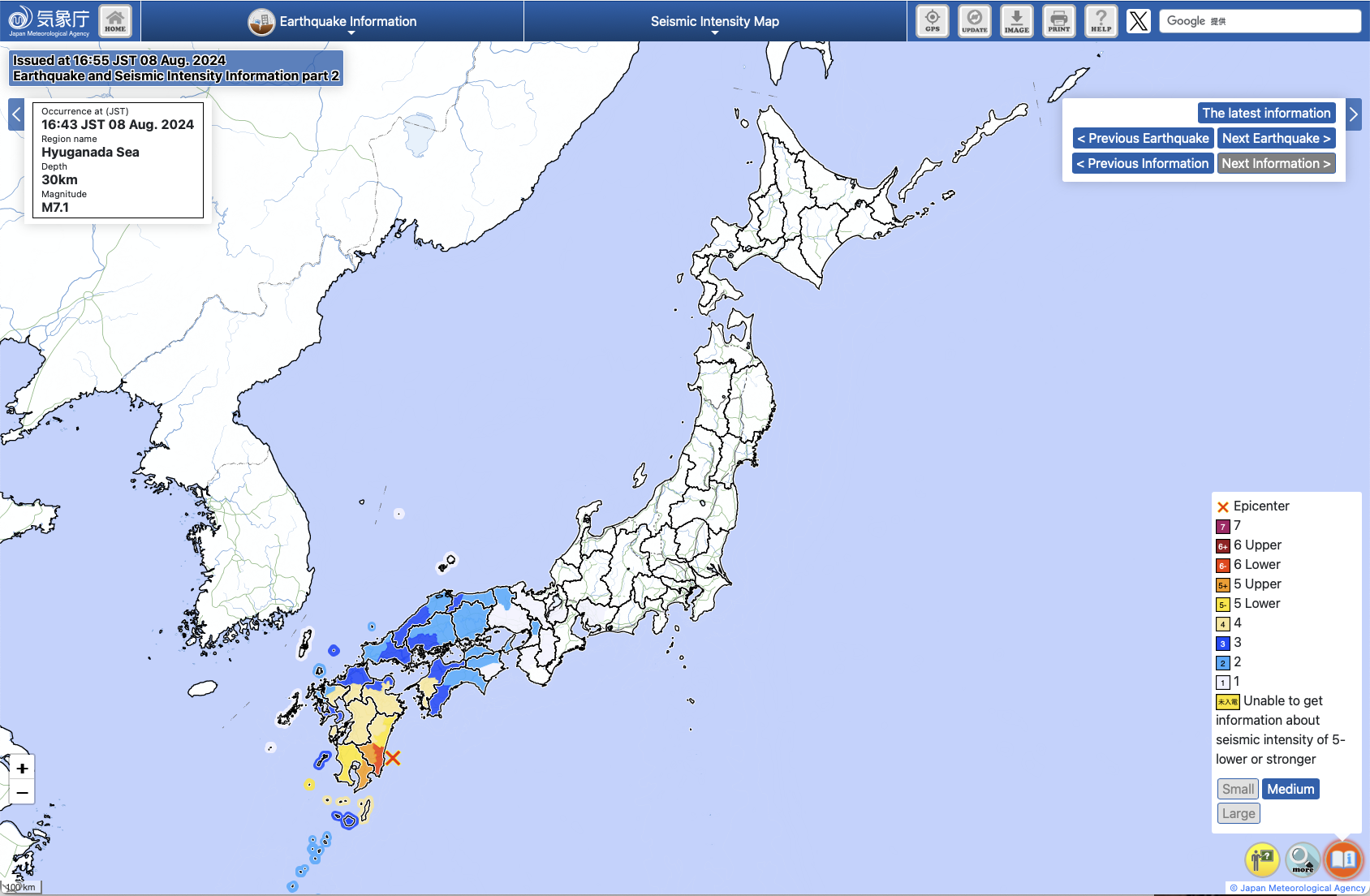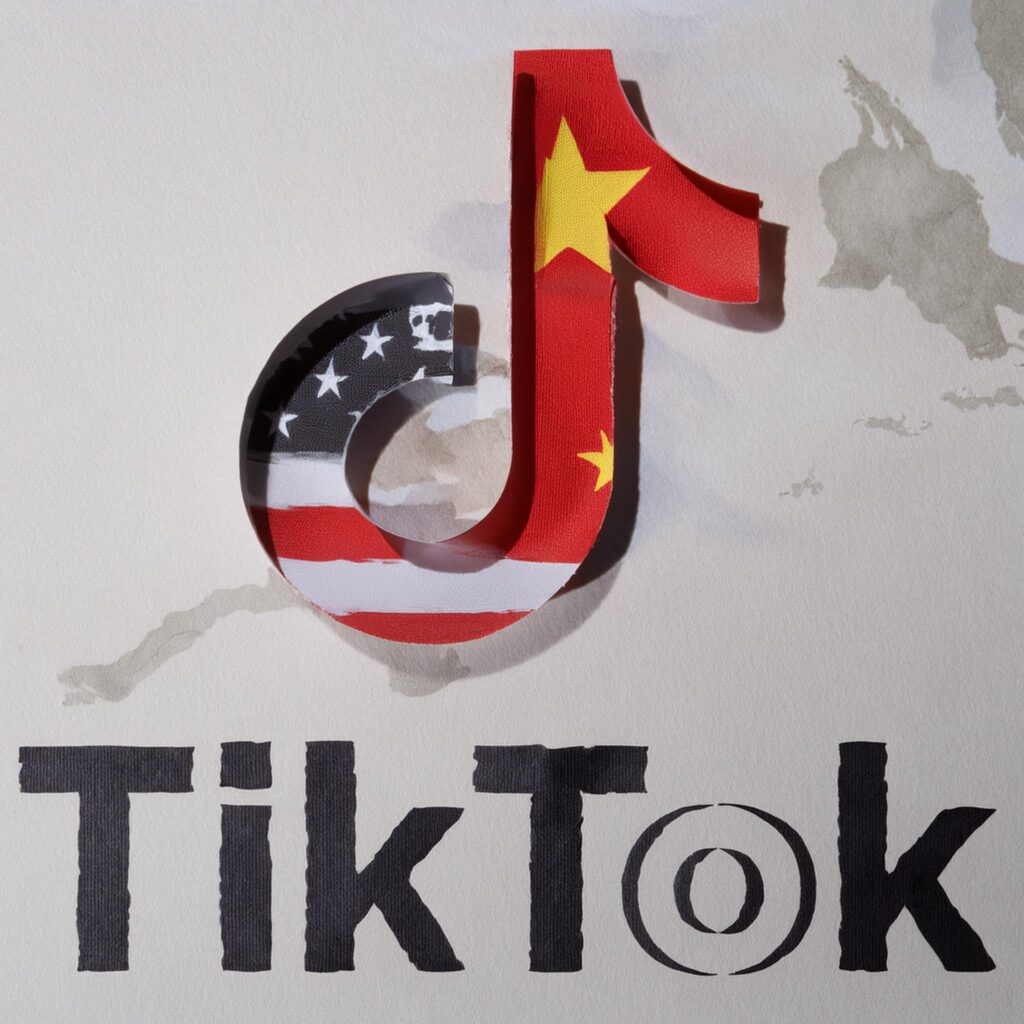Megaquake Warning in Japan: Risks and Responses
| By Eliana Pisons |
On August 8, 2024, Japan issued its first-ever advisory warning about the possibility of a megaquake in the Nankai Trough following a magnitude 7.1 earthquake off the coast of Kyushu. The Japan Meteorological Agency (JMA) alerted the public to a heightened risk of a significant earthquake in this seismically active region. This advisory, in place for a week, emphasizes the need for increased vigilance but does not guarantee that a large-scale earthquake will occur during this period.
Predicting the Next Major Quake
The Nankai Trough, a 900-kilometer-long seismic zone where the Philippine Sea Plate subducts beneath the Eurasian Plate, has a history of generating massive earthquakes roughly once every 100 to 150 years. Experts warn that a potential Nankai Trough megaquake could reach a magnitude of 9.0 or higher, resulting in catastrophic damage across Japan. The last major quake in this region occurred in 1946, with a magnitude of 8.1-8.4, causing significant destruction and loss of life.
The JMA’s advisory is based on the occurrence of abnormal seismic activity in the region, with the recent 7.1 magnitude quake meeting the criteria for this lower-level alert. A higher-level warning would be issued if further seismic activity suggests an imminent threat, prompting evacuation orders for tsunami-prone areas.
Past Quakes Provide Lessons for Future Planning
Japan’s vulnerability to such disasters is well-documented, with the 2011 Tōhoku earthquake and tsunami serving as a stark reminder of the devastation a megaquake can cause. The government has long prepared for a Nankai Trough event, with damage estimates predicting up to 323,000 deaths and economic losses exceeding $1.5 trillion.
Japanese Government Puts Precautionary Safety Measures in Place
In response to the current advisory, several precautionary measures have been implemented. Prime Minister Fumio Kishida canceled a planned trip to Central Asia, bullet trains between Tokyo and western Japan are running at reduced speeds, and some semiconductor factories have temporarily halted production. Public safety campaigns emphasize the importance of preparedness, urging residents to review evacuation plans and stay alert for further developments.
Photo Credit: JMA



